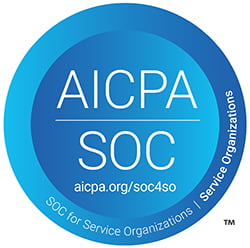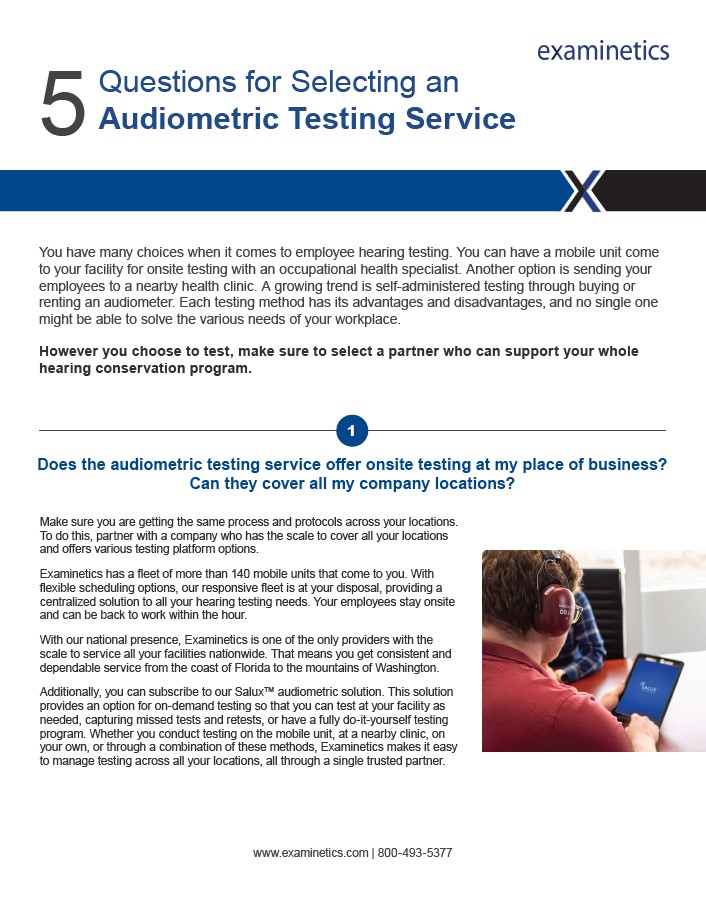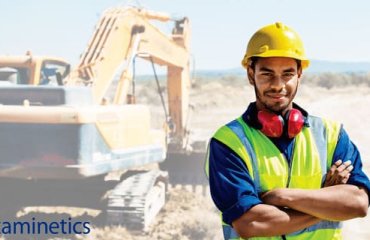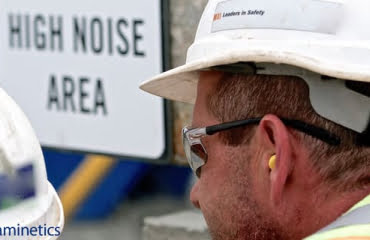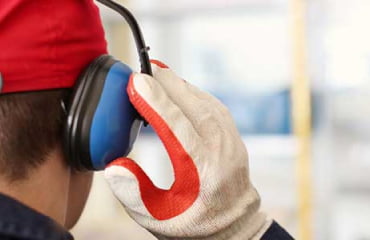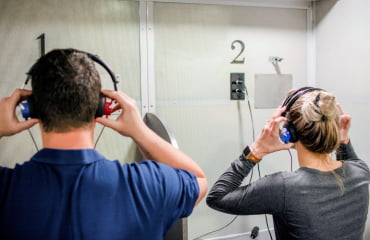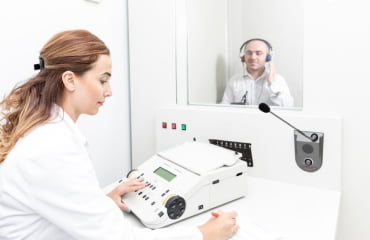Hearing Testing
Occupational hearing testing to keep you compliant with regulatory standards whether you need OSHA hearing testing, MSHA audiometric testing, or other regulatory hearing screenings.
Examinetics Hearing Conservation Advantage
We are the only provider who offers occupational hearing testing in multiple ways available through all of our delivery methods; all backed by our tenured team of experts.
No matter how you choose to test, you can trust that standard testing procedures are conducted across all locations, with integrated data management and reporting, expert oversight from our in-house audiology team, and a full suite of industrial hearing testing services to stay compliant.
Hearing Testing Options
With Examinetics you can test however convenient for you, with the ability to combine hearing testing delivery methods to easily capture all of your employee hearing tests.
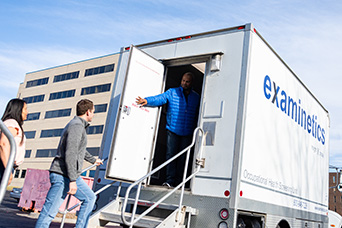
On-Site
Mobile Unit or Conference room hearing testing at your facility by our CAOHC-certified technicians.
With a large fleet of 140 mobile units we can deliver on-site hearing testing at all your worksite locations from coast to coast.
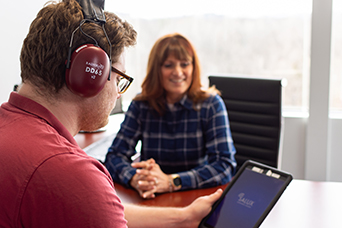
On-Demand
A subscription to our portable audiometer allows you to perform on-demand self-administered hearing tests at your facility.
You can use our on-demand option after a mobile unit testing event to perform retests and missed tests.
OR use it for all of your hearing tests instead of the mobile unit.
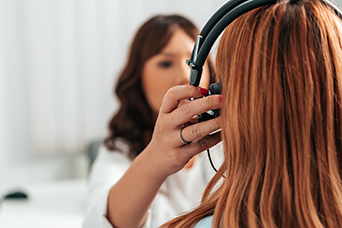
Clinic Network
Hearing testing at one of our clinic network locations near your worksite, means simple scheduling, consistency of protocols, and consolidated data management.
Examinetics Hearing Testing Benefits
You can test however it’s convenient for you. With the ability to combine delivery methods you save money, improve productivity, and ensure all employee hearing tests are done.
3 Testing Methods
Examinetics is the only occupational hearing testing provider to offer audiometric testing for employees in three methods: on site hearing testing at your facility with our technicians, on-demand testing with a portable audiometer, or clinic-based hearing testing.
Full-Suite of Testing Options
Customize your testing, training, and counseling options to create a program that works for your needs.
Nationwide Coverage
Test anywhere in the country with our extensive coverage. Whether you have one location or dozens across the country, we have you covered where you need us.
20+ Languages available
The full employee hearing testing experience is available in more than 20 different languages to accommodate your workforce.
Audiological support
Access to our team of in-house audiologists provides reliable data review and Work-Relatedness Evaluations.
Data Management
Your data is at your fingertips. Access all your consolidated records and results in one secure place, with flexible reporting options for different permissions.
Regulatory Compliance
Our hearing conservation programs are built to keep you compliant with regulatory standards by providing OSHA and MSHA hearing testing options to keep you covered.
On-Site Mobile Hearing Testing
Onsite hearing tests are conducted at your facility by one of our CAOHC-certified technicians for mobile hearing tests or hearing tests in a conference room.
Our technicians are at your disposal, providing an onsite solution to all your industrial hearing screening needs. We deliver consistent and dependable mobile audiometric testing to all your worksite locations from coast to coast.
Whether we test in one of our 140+ mobile units or inside a conference room at your facility, we come to you and test your employees all at once without sending them offsite.
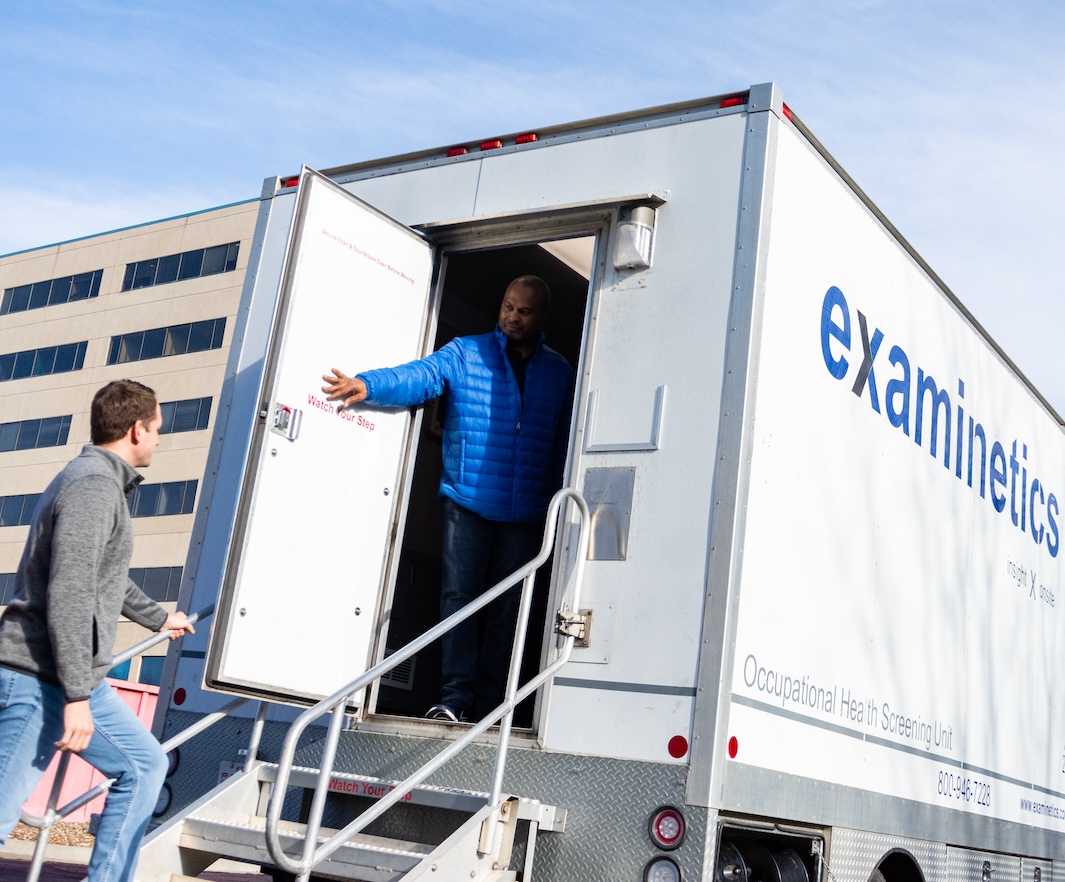
On-Site Hearing Testing Benefits:
Large Fleet and Nationwide Coverage
The nation’s largest fleet of mobile units provide mobile hearing testing services throughout the U.S. with standardized protocols across all your locations.
Technician-Administered
The Examinetics CAOHC-certified technician conducts all workplace hearing tests so you can rely on our expertise.
Choose from Mobile Unit or Conference Room
You can test inside one of our mobile units that comes right to your parking lot, or test inside your facility in a conference room for convenience and speed.
Test More Employees at a Time
Choose from 4, 6, or 8 employees at a time to decide how fast you want to test.
Full-Suite of Testing options
Test: The easiest way to stay compliant with OSHA hearing test requirements is testing with Examinetics
Train: Add training services to meet the training program requirements of OSHA 1910.95(k)
Counsel: With our popular counseling option, our health specialists will review test results with your employees and demonstrate the proper way to wear hearing protection. Service includes inspection of hearing protection devices to ensure proper size and fit.
On-Demand Occupational Hearing Testing
Test at your convenience with Salux, our handheld audiometer. With Salux you can self-administer employee hearing tests on-demand, at your facility.
You can keep Salux at your location to perform employee hearing tests for those who were absent during the On-Site testing event or require retesting after the technician leaves. You can also keep it all year around for new hires and exit audiograms.
Or completely own your testing program and conduct all of your hearing tests in-house, with the option of adding tele-technician oversight. With Salux, you still have access to all of our hearing conservation program features such as training, audiological services from our in-house audiologists, and comprehensive data management.
Flexible Rental Models
Annual Subscription
Short-Term Rental (2 Weeks or a Month)
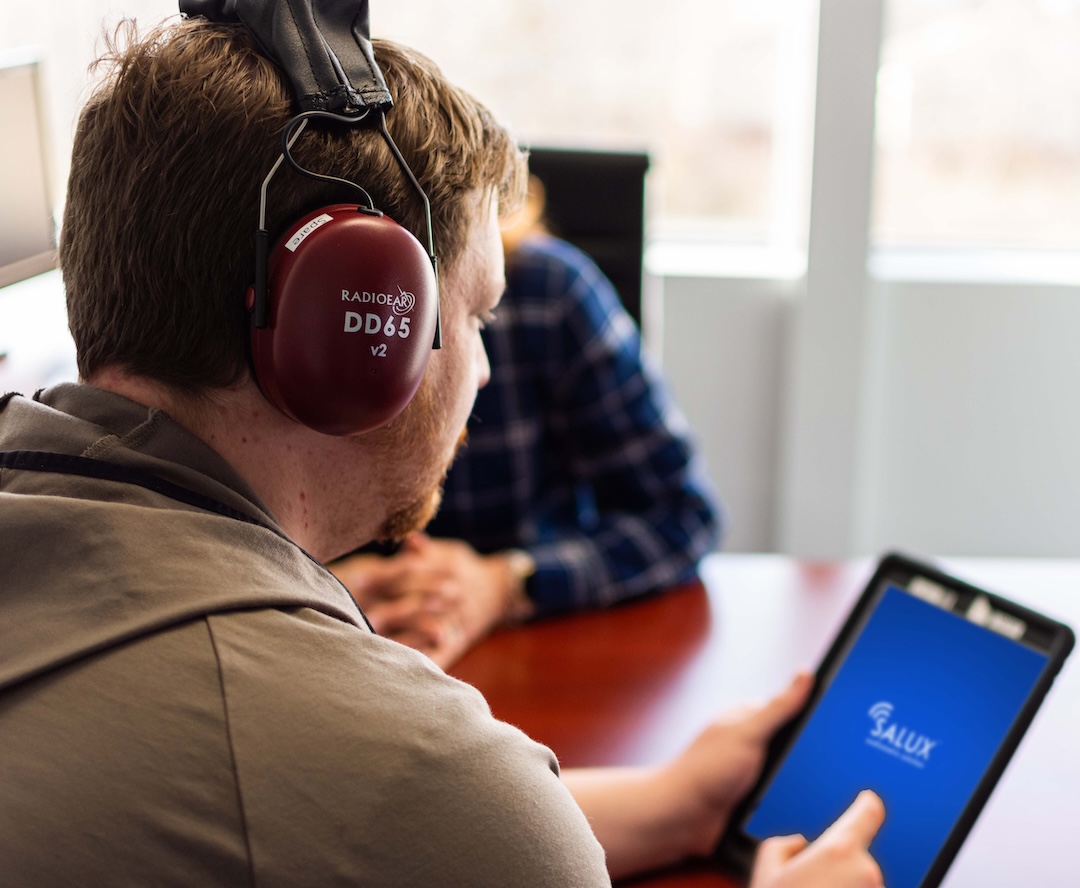
On-Demand Hearing Testing Benefits:
Cost Savings
Save your business time, money, and lost productivity by testing with our portable tablet audiometer.
Flexibility
Rent for two weeks or a month, or subscribe for full year.
Convenient Scheduling
Salux On-Demand provides quick employee hearing testing as-needed, so you can schedule testing whenever you want, while keeping employees onsite.
Unique Features
The only tablet-based audiometer with a built-in training video and access to schedule a virtual tele-technician to guide your employees through testing.
Simplified OSHA Log Follow-up
Between dashboards and audiology reports, it’s simple to stay on top of your results and next steps. The ease of retesting and instant data upload helps facilitate Work-Related Evaluations.
Industry Leading Support
Our live support team will give you an onboarding and is available M-F 7-7 for any follow up questions.
Near-Site Clinic Occupational Hearing Testing
Test at a nearby clinic through our comprehensive clinic network backed by an occupational hearing testing company. Our audited clinics provide private hearing tests with a licensed clinician. We manage test scheduling directly, providing a seamless experience for your employees.
Now you can test at a clinic and have a consistent experience no matter where you choose to test with streamlined access to employee data.
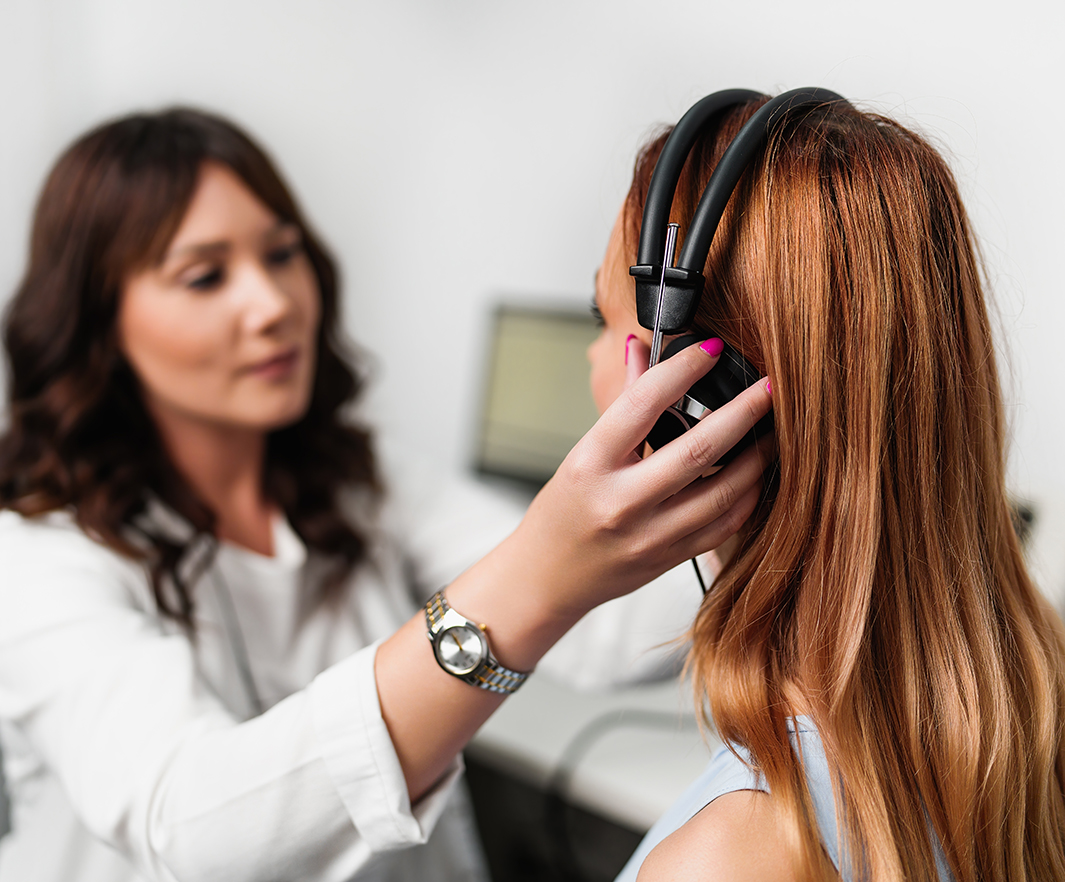
Nearsite Hearing Testing Benefits:
Access
With 6,500 clinics nationwide, finding the right occupational hearing clinic is easier and closer than ever.
Near Site Set-Up
We can create a custom network to provide occupational hearing testing at a clinic near all your company locations, even if it's not currently in our network.
Concierge Service
Administrative duties, scheduling, and follow-ups are provided to your employees directly by our team to take the burden off you.
Single-Source
Having a single point of contact makes scheduling, managing, and reviewing your employee hearing testing simple, while also having the confidence that you’re staying compliant.
Data Management
Performing industrial hearing services within our clinic network around the country ensures you have consistent reporting and data management.
Testimonials
Offering the best choice in occupational health for innovation, reliability, and convenience.
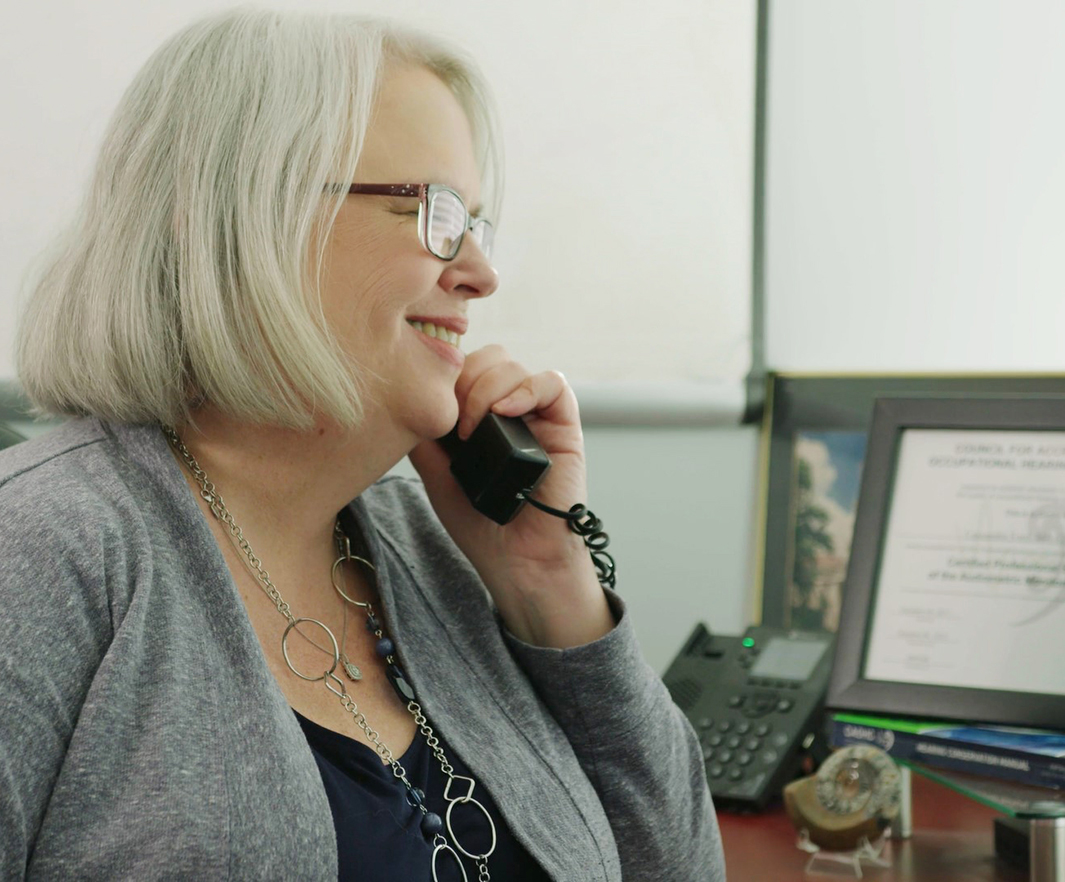
Work-Related Evaluations
Our team of full-time audiologists supervise all hearing testing services and hearing conservation programs. You can rely on our in-house professional review and threshold shift consultation.
Determining work-relatedness is important because an employee’s hearing loss that has initially been flagged as a mathematically recordable standard threshold shift (STS) may be an OSHA-recordable event. Work-relatedness determinations are also necessary when a worker has filed a workers compensation claim for hearing loss.
Our Work-Related Evaluation service helps companies comply with OSHA recordkeeping. To keep your OSHA Form 300 log accurate, our audiology team investigates confirmed hearing shifts and determines whether workplace noise caused or contributed to the hearing shift.
Our licensed audiologists may determine whether the detected hearing loss is work related for OSHA recordability purpose.
Workplace Noise Surveys
Noise monitoring is foundational to your hearing conservation program. As a full service occupational hearing testing provider, we offer noise surveys to measure the sound levels generated throughout your facilities. Noise surveys are conducted by certified occupational audiologists and industrial hygienists.
OSHA requires that “when there are significant changes in machinery or production processes that may result in increased noise levels, remonitoring must be conducted to determine whether additional employees need to be included in the hearing conservation program.” It is recommended to monitor annually or every other year to safeguard your hearing conservation program – the minimal cost of a noise survey pales in comparison to the cost of a single Workers Compensation Claim.
Our Noise Survey Services Include:
Noise dosimetry
Sound Level Meter (SLM) Measurements
Calibration
Noise survey reporting:
- - Easily interpreted visual data
- - Explanation of federal regulation requirements
- - Hearing protection assessment, as appropriate
- - Control recommendations for your hearing conservation program, as appropriate
Frequently Asked Questions
Hearing Testing FAQs
Examinetics Test, Train & Counsel service, or TTC, completes the OSHA mandatory follow-up required for employees in your hearing conservation program.
Examinetics will:
- Test each employee, whether it be his or her baseline or annually required audiogram
- Train each employee through a video that encompasses the OSHA required components for annual hearing conservation annual training
- Counsel (explain) the test results each employee and provided written notification to employees showing a Standard Threshold Shift, or STS, and required by federal regulation. However, that’s not all. Examinetics goes beyond this mandate by providing written notification of results to each employee tested whether they show an STS or not. We think notifying employees who are doing well in protecting and preserving their hearing when their hearing has not changed significantly over time is a good idea as well.
Being prepared can help make your day of mobile audiogram testing go smoothly. Please be aware of the following ways make your testing day more efficient.
- Have the right forms
- Have employees provide their hearing protection in person
- Limit excessive noise exposure before testing day: Motorcycling, firework explosions and Metallica concerts are just a few activities your employees should avoid the day before testing. While your employees should treat every day like testing day, limiting noise exposure outside of work 14 hours before testing can be quite beneficial for their baseline test.
- The current hearing test shows:
- Average thresholds of >25dB at 2KHz, 3KHz and 4KHZ relative to audiometric zero, in either ear, and in the same ear, an
- Average change of >10dB at 2KHz, 3KHz and 4KHZ compared to the baseline, in the same ear
- Workplace noise caused or contributed to the average change in hearing. This can be determined through a thorough Work Relatedness Evaluation.
On-Demand FAQs
NIOSH provides a free sound level meter app which can be used to determine if your testing environment should be compliant. You can download the app from the app store on an iOS device.
Using the app, measure the ambient noise in your room. If the number in the LAeq [dB] field is under 45, your room should be ok for testing.
Measurements of 45dB or less do not guarantee that a room will be compliant when third octave band measurements are taken with a type 2 sound level meter. In addition, rooms with values greater than 45dB may be compliant when third octave band measurements are taken with a type 2 sound level meter. The LAeq measurement should simply be taken to generally determine if a room could be considered for testing. Final verification will have to be done with the Salux Calibration device prior to testing daily.
If you’re having trouble finding a room with an acceptable ambient noise level, move to a room without excessive HVAC noise and away from any nearby machinery. Conference rooms and guest offices are usually good choices.
Examinetics is Your Trusted Data Partner
We have successfully completed a SOC 2 examination by an independent CPA firm. You can rest assured that we meet the stringent standards to effectively manage your data for security and privacy.
